NASA studies the data collected by Commander Moonikin Campos during the Artemis I mission
Almost a month after the end of NASA's Artemis I mission, scientists from the space agency will study how deep space radiation affected the peculiar crew of this first mission, the test dummies that traveled in the Orion capsule and among which stands out a full body dummy that mimics a human crew member, who was nicknamed Commander Moonikin Campos.
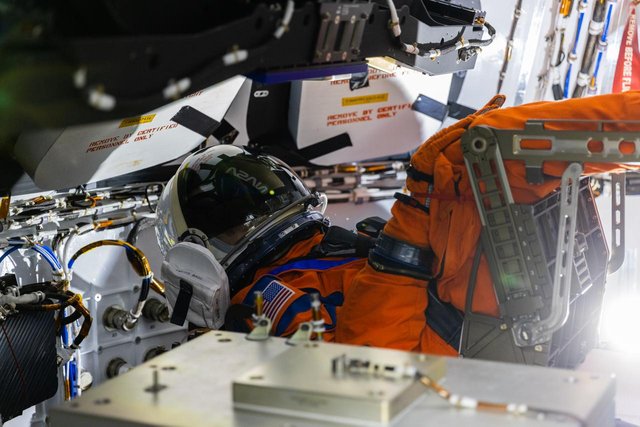
Moonikin "Campos" in Artemis I Crew Module. Source: NASA image library
Recall that the Artemis I space mission was launched on November 16, 2022, and after spending almost a month in space, the Orion spacecraft, that is, the module carrying the crew, returned to Earth on December 11. During its trip to the Moon, this spacecraft completed several orbits around our natural satellite, observing it very closely but also performed an extreme orbit that led it to become the spacecraft designed to carry a crew that has been farthest away from the Earth.
And while the mission was being carried out, different systems were tested to check their performance and lay the groundwork for the return of man to the Moon, from the new and powerful SLS rocket, the novel navigation system, to artificial bodies equipped with multiple sensors to determine how space radiation can affect the astronauts who will travel to the Moon in the next missions of the Artemis program. And one of these mannequins that replaced the human crew on this first mission was the nicknamed Commander Moonikin Campos, a name derived from a play on words between "mannequin" and "Moon", with the surname "Campos" in honor of Arturo Campos, a NASA engineer who made important contributions to the Apollo program.
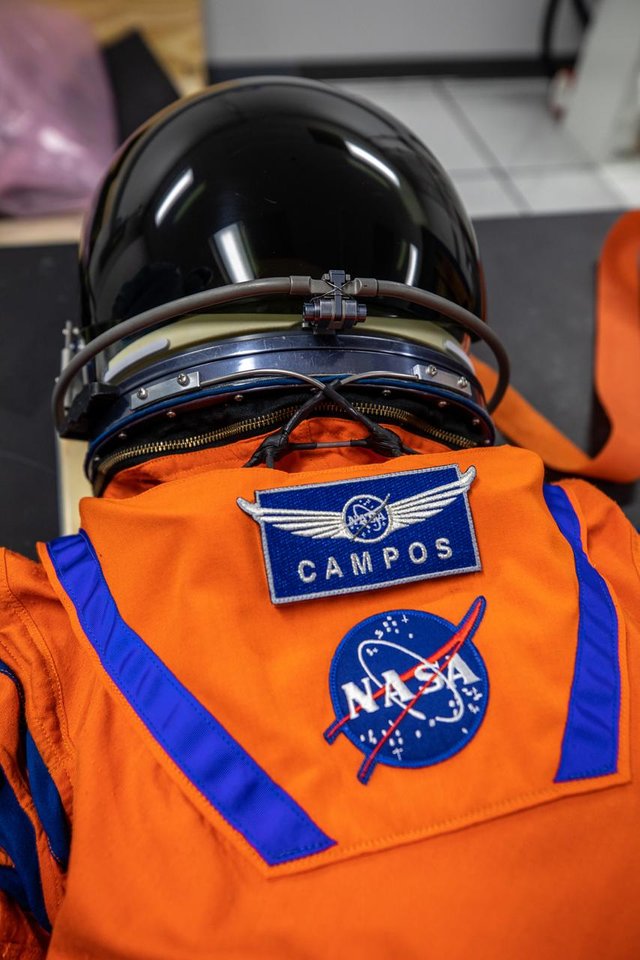
Moonikin Campos Inspection. Source: NASA image library
Moonikin travels inside Orion attached to the commander's seat and wears the crew's survival suit equipped with radiation sensors, which the crew will use during the launch and different phases of the next missions.
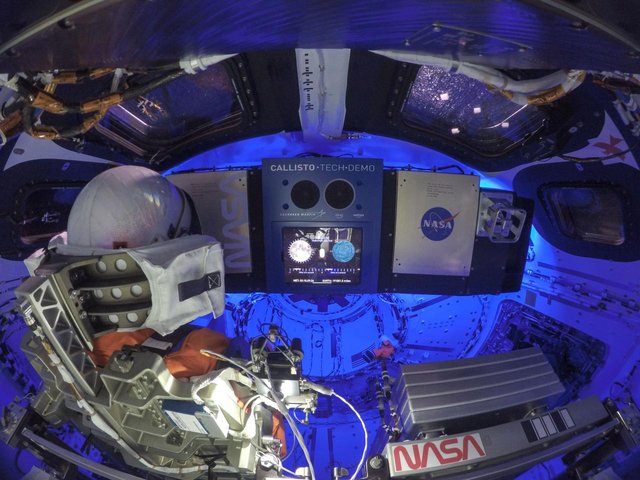
Inside Orion. Source: NASA image library.
And along with Moonikin also traveled the torso of two mannequins, nicknamed Helga and Zohar, also part of the radiation experiment, on the one hand the mannequin Zohar was protected with the Astrorad radiation vest while the mannequin Helga did not wear a vest. These dummies were intended to measure the risks of radiation exposure, using a series of sensors distributed at the site of sensitive tissues.
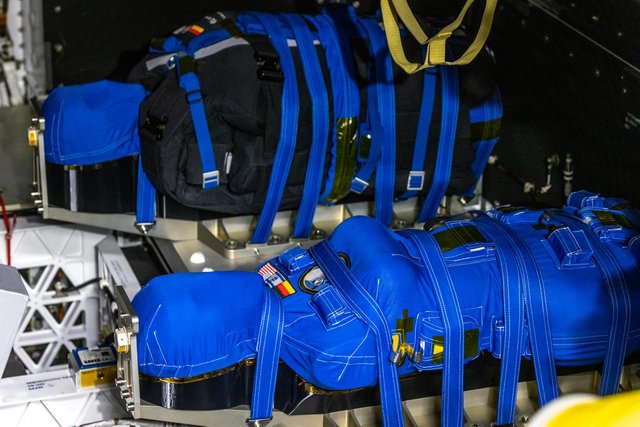
Mannequins Helga and Zohar equipped with radiation detectors, Zohar wears a radiation protection vest. Source: NASA image library.
After splashdown in the Pacific Ocean, the Orion spacecraft was transported by truck, first to the naval base in San Diego, California, and from there to the Multiple Payload Processing Facility at the Kennedy Space Center in Florida, where it arrived on December 30.
Once Orion returned to Kennedy Space Center, technicians removed the payloads from the spacecraft, including Commander Moonikin Campos, who was packed into his transport box on January 10 for the return trip to NASA's Johnson Space Center in Houston, where scientists will analyze all the changes suffered during its journey in space, and the data collected by the sensors on the amount of radiation perceived during the mission and the effectiveness of the protective vests, in order to extrapolate the results to humans and protect the crew from the dangers of space in future missions.
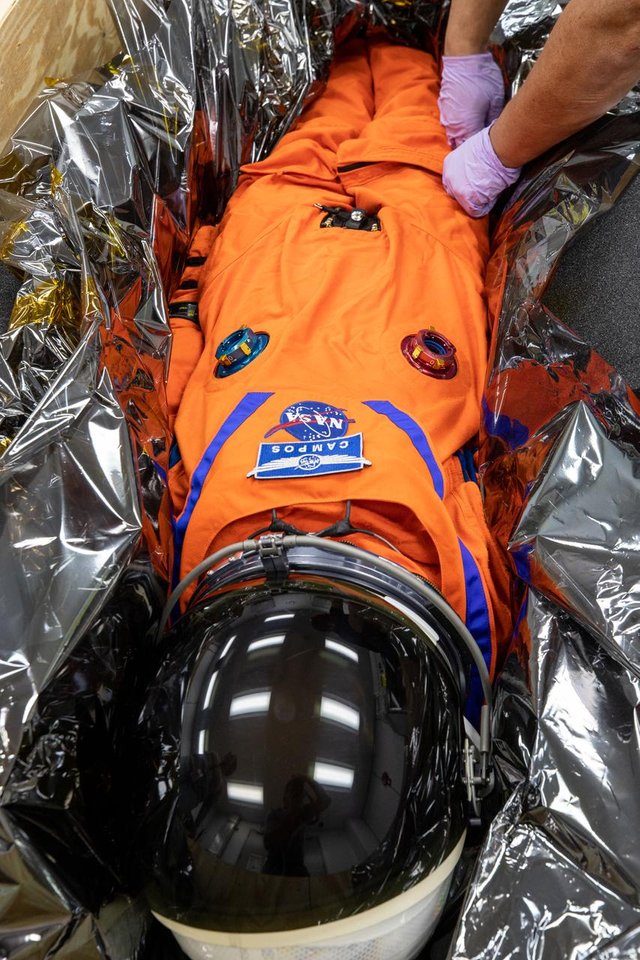
Post-Flight Payload processing - Campos/Moonikin. Source: NASA image library.
Let's hope to know soon the results collected by this mannequin crew, whose important data will serve to improve the safety of the crew of future space missions.
Well friends, I hope you liked the information about this part of the mission. See you next time!
References
Wikipedia. Artemis I
NASA. Artemis I
NASA. Commander Moonikin Campos returns from Artemis I mission

Thanks for information regarding this recent big space event. I am really curious to know about space and especially the topic like aliens and time travel. Keep sharing it.
Hello friend, thanks to you for stopping by to read and comment. I also like these topics, I will continue to share information about it.
Greetings @emiliomoron, this mission called ARTEMIS project driven by NASA has given much to talk about, this because it is expected that the results of this first phase will allow to return Man to the Moon.
I wonder with so many technological advances today and that man will find it difficult to return to the Moon? Then how did man get to the Moon more than 40 years ago without so many advances?
Hello friend @carlir, no doubt this mission has given much to talk about, because as you point out, it marks the return of man to the Moon. The truth that they arrived more than 40 years ago was quite a feat, it is still difficult, but now the technology allows to save many resources and increase the reliability of the equipment, but this mission followed much of the protocols of what was learned with the Apollo missions.